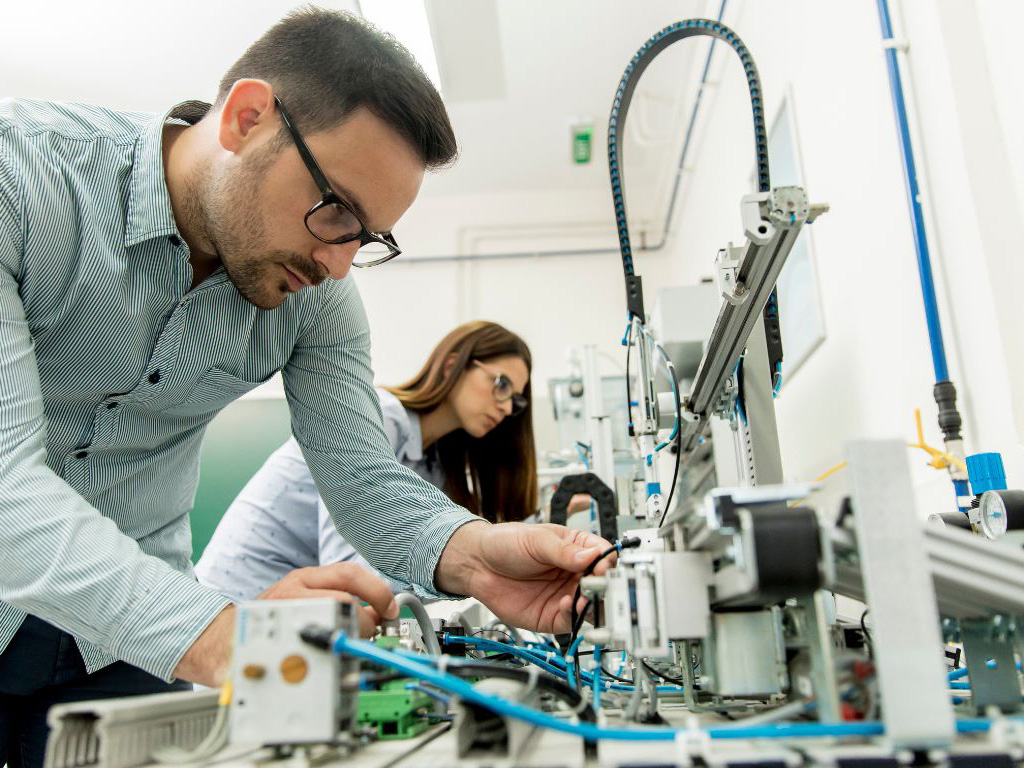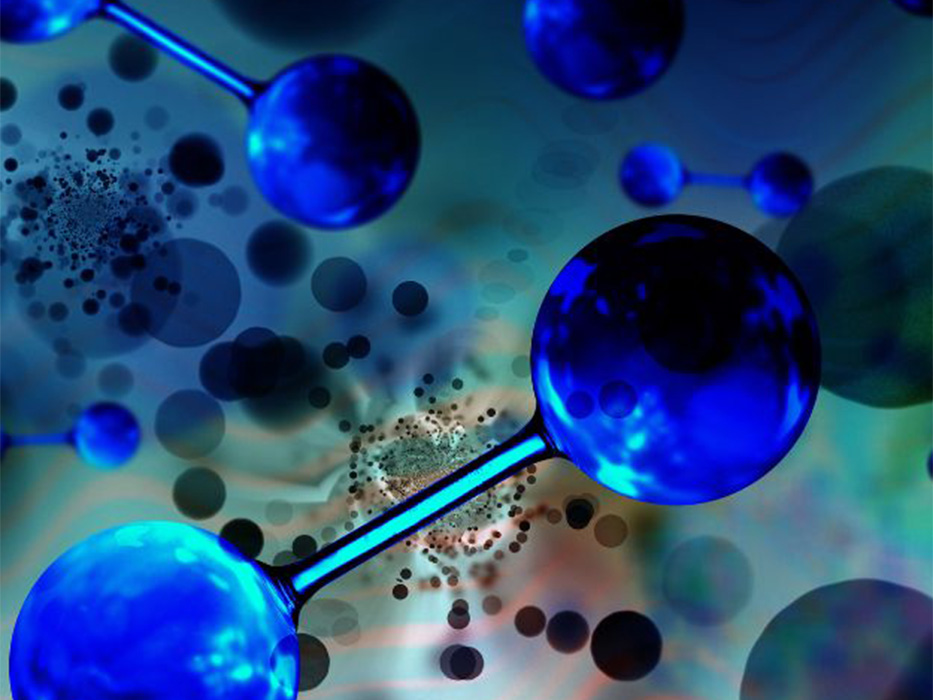Pyrolytic Carbon Films
Our CVD-based pyrolytic carbons films possess low electrical resistance, opacity, and a high degree of chemical and thermal stability.
The carbon materials family is composed of various materials – each of which exist with different atomic structures and at different scales, thereby offering unique features and functionality. Unlike graphene, pyrolytic carbon films lack crystallinity, and exist closer to the microscale as opposed to the nanoscale – resulting in both materials working very differently from one another.

Pyrolytic Carbon Films
Our CVD-based pyrolytic carbons films possess low electrical resistance, opacity, and a high degree of chemical and thermal stability.
The carbon materials family is composed of various materials – each of which exist with different atomic structures and at different scales, thereby offering unique features and functionality. Unlike graphene, pyrolytic carbon films lack crystallinity, and exist closer to the microscale as opposed to the nanoscale – resulting in both materials working very differently from one another.



Traditional CVD
Traditional CVD limits the growth of graphene and carbon materials to a select group of metallic substrates that can serve as a catalyst for the separation or cracking of the carbon source. Our proprietary CVD synthesis technology enables the transfer-free direct deposition pyrolytic carbon films on select substrates with high uniformity.

Traditional CVD
Traditional CVD limits the growth of graphene and carbon materials to a select group of metallic substrates that can serve as a catalyst for the separation or cracking of the carbon source. Our proprietary CVD synthesis technology enables the transfer-free direct deposition pyrolytic carbon films on select substrates with high uniformity.
Quartz, alumina-based ceramics, and silicon are some of the substrates on which we have achieved uniform pyrolytic carbon thin film deposition.

Applications

Electrochemical Biosensors
Electrochemical Biosensors
Our pyrolytic carbon films have demonstrated highly sensitive and reproducible results in the development of electrochemical biosensing devices.

Heating Elements
Heating Elements
The low resistivity of pyrolytic carbon films drives highly effective and efficient heating and heat transfer when paired with substrates capable of tolerating high temperatures.

Chemical Barrier
Chemical Barrier
Pyrolytic carbon thin films possess great potential in chemical barrier applications, creating impermeable layers capable of shielding underlying materials against toxic chemicals and gases.

X-Ray Imaging
X-Ray Imaging
Pyrolytic carbon films can be used to develop sealed radiolucent windows capable of withstanding vacuum conditions whilst achieving superior X-Ray transmittance.
